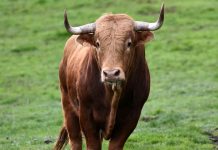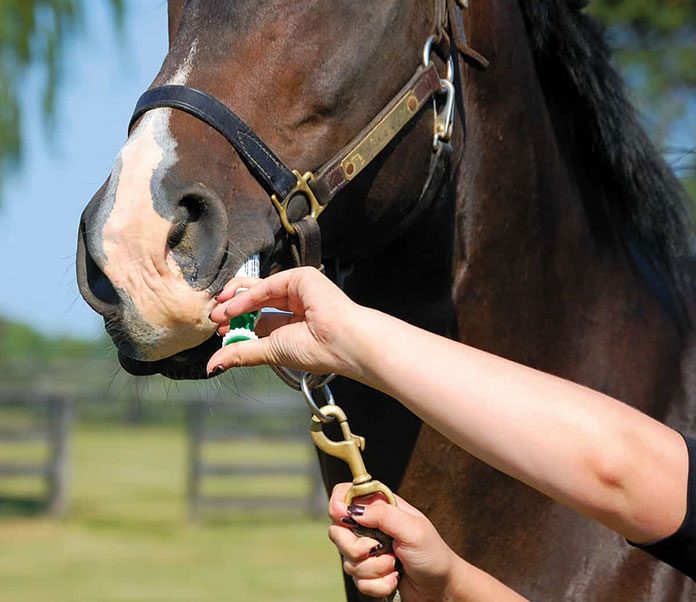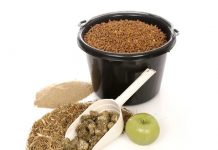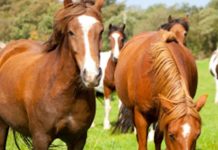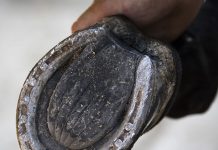Internal parasites – out of sight, out of mind – can kill your horse. While they may be out of sight, they are doing extensive damage internally. At a minimum, parasites can steal nutrients from your horse and cause gastrointestinal irritation. The bad news is, uncontrolled they can cause colic, intestinal ruptures and death.
The three top things you must provide for your horse for his good health are clean water, high quality feed and a good de-worming program. And this will make you really stop and think. Did you realize that are more than 150 parasites that infest horses? The most common are large stronglyes (aka bloodworms), small stronglyes, ascarids, pinworms, bots, tapeworms, threadworms and lungworms. And think about this, some of these species lay up to 200,000 eggs a day. Those numbers are staggering.
The thing with all these parasites is that they may all be present in your horse at the same time, just in different lifecycle stages. So yes, while your horse may look healthy and happy, you don’t know what is going on inside. These silent killers can damage tissues and vital organs, major blood vessels, cause obstructions and ulcerations in the digestive tract. Pinworms can really irritate horses and cause intense anal itching.
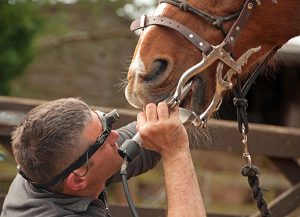 Some signs of infestation may (and may is the operative word, since you won’t always see signs of problems externally) include dull, rough coat, weight loss, tail rubbing (hair loss), colic, depression, coughing/nasal discharge, loss of appetite etc. The best thing to do if you see some of these signs is talk to your Veterinarian about getting a fecal examination.
Some signs of infestation may (and may is the operative word, since you won’t always see signs of problems externally) include dull, rough coat, weight loss, tail rubbing (hair loss), colic, depression, coughing/nasal discharge, loss of appetite etc. The best thing to do if you see some of these signs is talk to your Veterinarian about getting a fecal examination.
Won’t I see them worms in the manure? Answer is no, you won’t, but the eggs will be visible to the Veterinarian under a microscope. By counting the types and number of eggs, the Vet can then tell you which de-worming program will work. This test in combination with a good worming program will keep your horses protected from the ravages of pests.
You can give wormer four ways, oral paste syringe, oral liquid syringe, nasogastric tube and as a feed additive. In many cases horses will not eat something they smell in their feed, so if you can work with the other two methods, you’d accomplish worming effectively. Nasogastric tubes are best left for a Vet to administer wormer. Make sure you give the proper dose and at the proper time – usually every 6 to 8 weeks. (foals will differ, check your wormer labels)
All three methods are effective. The key is that the deworming product must be given in the proper dose (given by weight) at the proper time, and that they actually swallow the wormer. To make sure they do swallow the dose, you can do one of two things – insert your thumbs into either side of their mouth to make them open their mouth and swallow the paste or liquid they were holding in their mouth, or put your hand under their chin and tip their head up so they must swallow.
For the best worming schedule, talk to your Veterinarian. The requirements of the herd may vary if you have all ages and stages of equines from foals to old campaigners.






